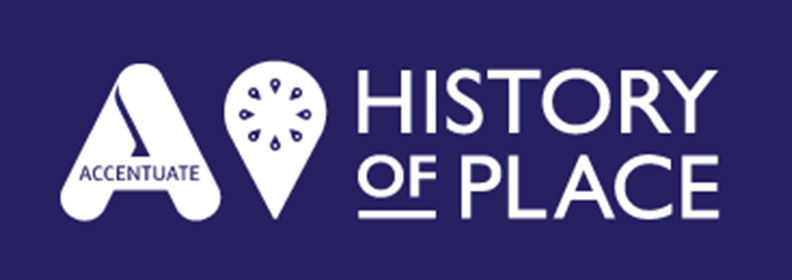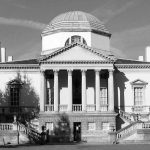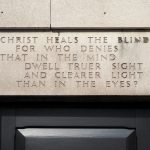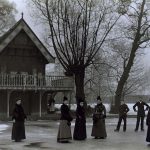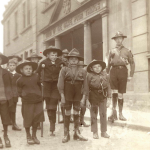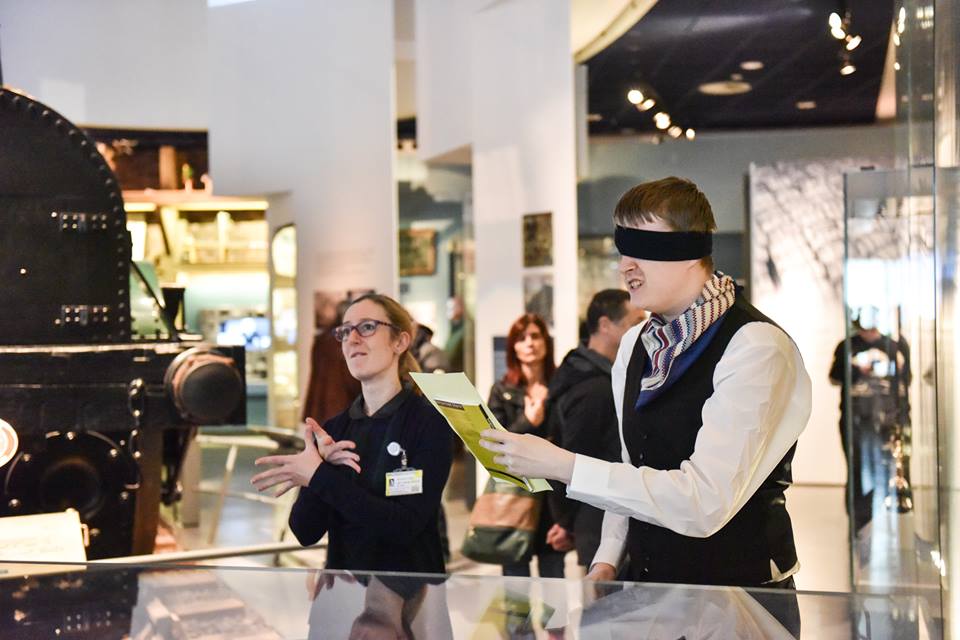In 2017 and 2018 History of Place will deliver three nationally significant temporary exhibitions united by a common narrative and purpose. The three exhibitions will speak to all audiences to show that thehistory of Deaf and disabled people is an important strand in understanding our common history and built heritage.
Sign up for our newsletter to keep in the loop as we firm up the details.
M Shed, Bristol
At MSHED in Bristol, the exhibition will uncover the history of the Guild of the Brave Poor Things, first example of purpose-built architecture in which disabled people came together. The exhibition will uncover the social and design history of the Guild and, more widely, disability in Bristol, using primary source material and oral histories.
Museum of Liverpool
At the Museum of Liverpool (MOL), the exhibition will focus on the Royal School for the Blind, the oldest school for blind children in the world still in operation today. Uncovering the stories of its founders, this exhibition will investigate why Liverpool became the site for the first blind school, what it was like to be a pupil there, and how the school continues to play a part in the city’s social fabric.
Victoria and Albert Museum, London
At the Victoria and Albert Museum in London, the display will focus on the design of a number of different buildings that have been shaped by the needs of deaf and disabled people, including a deaf church, a medieval almshouse, a contemporary architect-designed private house for a disabled client, a new vision for a mental illness asylum, and items from the archive of pioneering disability activists Maggie and Ken Davis, whose determination and vision saw them successfully commission in the 1970s the first council housing that allowed disabled people to live independently outside of institutionalised care.
Most importantly the exhibitions aim to be as accessible as possible to a diverse audience, so please come along and experience them first hand.
